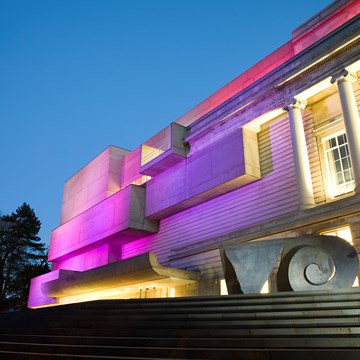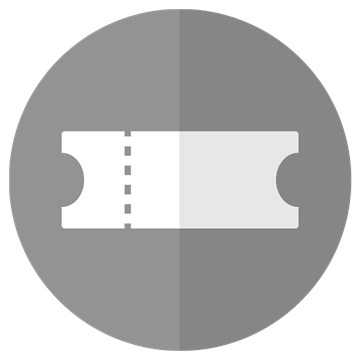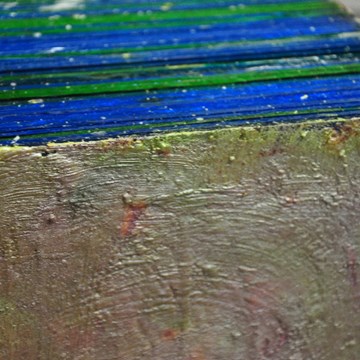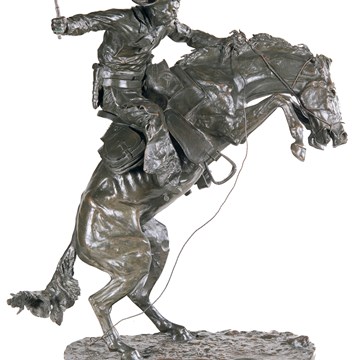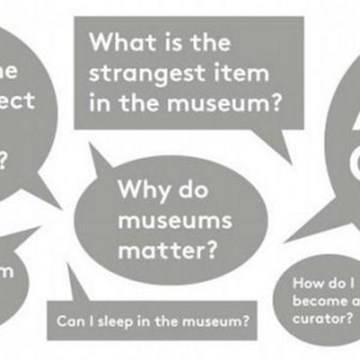Egyptian Museum
The Egyptian Museum in Cairo contains the world's most extensive collection of pharaonic antiquities; no visit to Egypt is complete without a trip through its galleries. The original collection was established in the late 19th century under Auguste Mariette and housed in Boulaq. The objects were moved in 1891 to the palace of Ismail Pasha in Giza before being transferred in 1902 to the current building at Tahrir Square, which is the first purpose-built museum edifice in the world.
Designed in the Neoclassical style by Marcel Dourgnon, the Egyptian Museum boasts 107 halls filled with artifacts dating from the prehistoric through the Roman periods, with the majority of the collection focused on the pharaonic era. The museum houses approximately 160,000 objects covering 5,000 years of Egypt's past.
The ground floor takes the visitor on a chronological tour through the collections. There are artifacts from the final two dynasties of Egypt, including items from the tombs of the Pharaohs Thutmosis III, Thutmosis IV, Amenophis II, Hatshepsut, and the courtier Maiherpri, as well as many artifacts from the Valley of the Kings, in particular the material from the intact tombs of Tutankhamun and Psusennes I.
While the objects on the upper floor are grouped according to tomb or category, exhibits here include the treasures of Tutankhamun, wooden models of daily life, statuettes of divinities, and a rare group of Faiyum Portraits. On display on the second floor are also two special rooms contain a number of mummies of kings and other royal family members of the New Kingdom.
Labels are in Arabic and English.
Exhibitions and events
We don't have anything to show you here.
Educational programs
We don't have anything to show you here.
Collections
We don't have anything to show you here.






